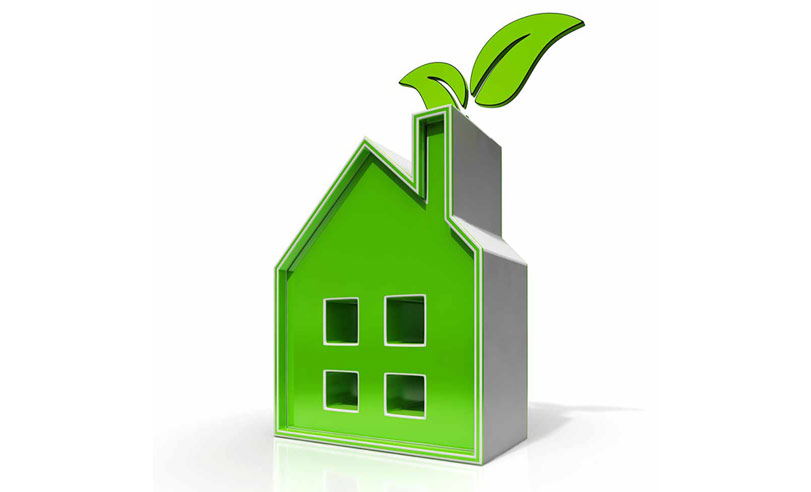 We all try to do our part to be more eco-friendly. We rinse out our cans and dutifully deposit them in the recycle bin to be taken out each week. We have stopped using plastic bags and straws. We carry our own reusable bags to the grocery store. These acts might ease our guilt, but are they really enough to say we are practicing sustainable living?
We all try to do our part to be more eco-friendly. We rinse out our cans and dutifully deposit them in the recycle bin to be taken out each week. We have stopped using plastic bags and straws. We carry our own reusable bags to the grocery store. These acts might ease our guilt, but are they really enough to say we are practicing sustainable living?
What is sustainability? There are many definitions of the term. Some Definitions are really complex and others attempt to oversimplify the concept. According to Wikipedia, sustainability is development that meets the needs of the present without compromising the ability of future generations to meet their own needs. Are our homes built to operate in ways that allow us to live comfortably today while affording future generations the same opportunity?
Some improvements can be done immediately and are cost-free; others will take longer and require more investment. Many of the improvements that can make your home sustainable can be done by making a trip to Home Depot, some bigger changes can be done during renovations and others can be incorporated down the road.
Here are the top ten ways you can make your home more sustainable:
- Insulate walls, ceiling and under the floor to aid heating and save on energy costs.
- Install double-glazed windows, or thermal-backed curtains if double-glazing is too expensive.
- Let the sunshine in! Position a new house for maximum sunshine, install a solar water-heating, and consider passive heating options.
- Select appliances with high energy-efficiency ratings.
- Swap regular light bulbs for eco bulbs. Design your home for maximum natural light to reduce artificial lighting.
- Choose non-toxic building materials.
- Source materials locally, to reduce the environmental impact of transporting them.
- Install a rainwater collection tank. Choose water-efficient appliances and low-flow sanitary fittings.
- Minimize waste and recycle where possible, especially when demolishing and building.
- Use renewable electricity sources where possible, by generating onsite (for example, by installing a small-scale wind turbine or micro-hydro system) or by choosing a power company that generates from renewable sources.
- Build with comfort and the future in mind, particularly if this is the house you plan to grow old in when good indoor/outdoor access will be a key requirement.
- Choose native and local plant life for gardens and landscaping.
As you can see, we can all take some steps to mitigate our impact on the environment. Your level of commitment to living sustainably will determine how many changes you are willing to make.




